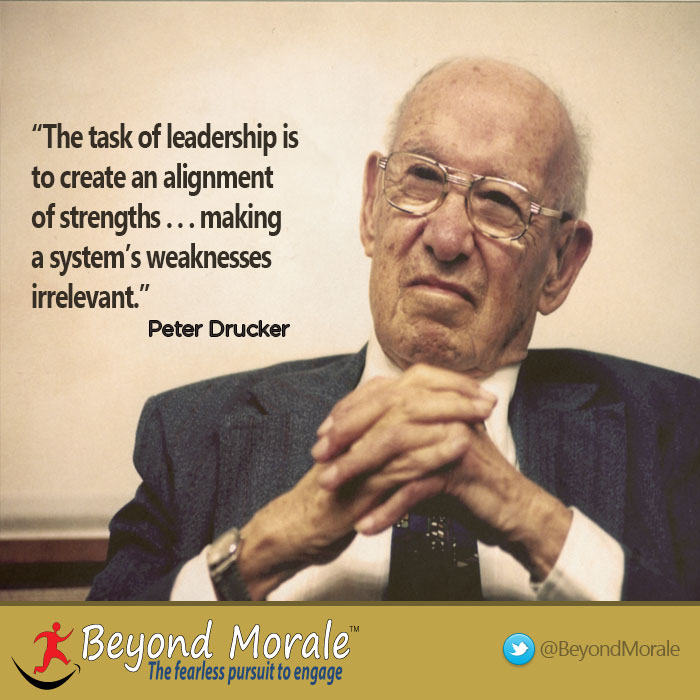

In point of fact, Drucker’s works lend themselves to these excesses of reaction. Similarly, overly ardent disciples reduce the complexity of his thought to a handful of canonical ideas that, in their doctrinaire simplicity, do violence to the original. Out-of-context snippets from his writings or conversations often appear in support of contentions that he himself does not endorse. To their minds Drucker is an armchair philosopher who lacks practical credentials as a doer.Īt one extreme they believe him neither interested nor competent in the myriad details of day-to-day business operations and therefore question the authority his judgments regularly carry.Īt the other extreme Drucker’s most attentive followers, like those of many a popular thinker, grant him too much. They slight his research as no research at all and his ideas on management as unstructured and (worst sin of all) unsystematic. Some, especially within the academy, think him more journalist than scholar and more glib generalizer than journalist. There are those, of course, who do not listen so attentively to Drucker. People listen because they respect the authority of experience-distilled, analyzed, articulate-and are eager to profit by it. No wonder the mention of Peter Drucker commonly guarantees attention. Add to it, however, Drucker’s countless appearances in executive seminars, lecture halls, conference rooms, and classrooms his extensive labors as a consultant and his facility for expressing complex ideas simply and elegantly.
#PETER DRUCKER LOOK OVER THE SHOULDER PROFESSIONAL#
Such productivity is itself a professional achievement of the first order. Over the years little of concern to business has fallen outside the extraordinary range of his interests, and few of those interests have escaped thoughtful, often classic exposition in his six-foot shelf of articles and books. Mention the name of Peter Drucker and many an ear in the business forest stands up straight. Originally published January–February 1980

Lafley, of Procter & Gamble Frances Hesselbein, of the Leader to Leader Institute Oscar Motomura, of the Amana-Key Group Peter Paschek, of Delta Management Consultants and Zhang Ruimin, of Haier.
#PETER DRUCKER LOOK OVER THE SHOULDER HOW TO#
Kantrow also classifies Drucker’s works into four groups-social and political thought, business and management analyses, views of what might logically develop in the future, and how-to primers on business tasks-and offers a guide for how to choose the best book for you.Īccompanying Kantrow’s article are essays by five leaders who write about Peter Drucker’s influence on them: A.G. Using specific passages from many of Drucker’s books, the author demonstrates how Drucker’s broadly contextual, logical, holistic play of thought enacts a kind of ongoing drama of perspective and how, combined with his fair-minded approach and commonsense flow of reasoning, Drucker so effectively convinces the reader. One can learn far more deeply from watching Drucker think, says Kantrow, than from studying the content of his thought. In this 1980 article, Kantrow maintains that Drucker’s real contribution to the discipline of management lies not so much in the cash value of his ideas but in the rigorous activity of mind by which they are formulated. But does anyone read his works? More important, ought they? More important still, what will they gain if they do? They’ve influenced the practice and teaching of management for decades and no doubt line thousands of bookshelves. Peter Drucker’s extensive writings, including more than 30 HBR essays, are landmarks of the managerial profession.


 0 kommentar(er)
0 kommentar(er)
